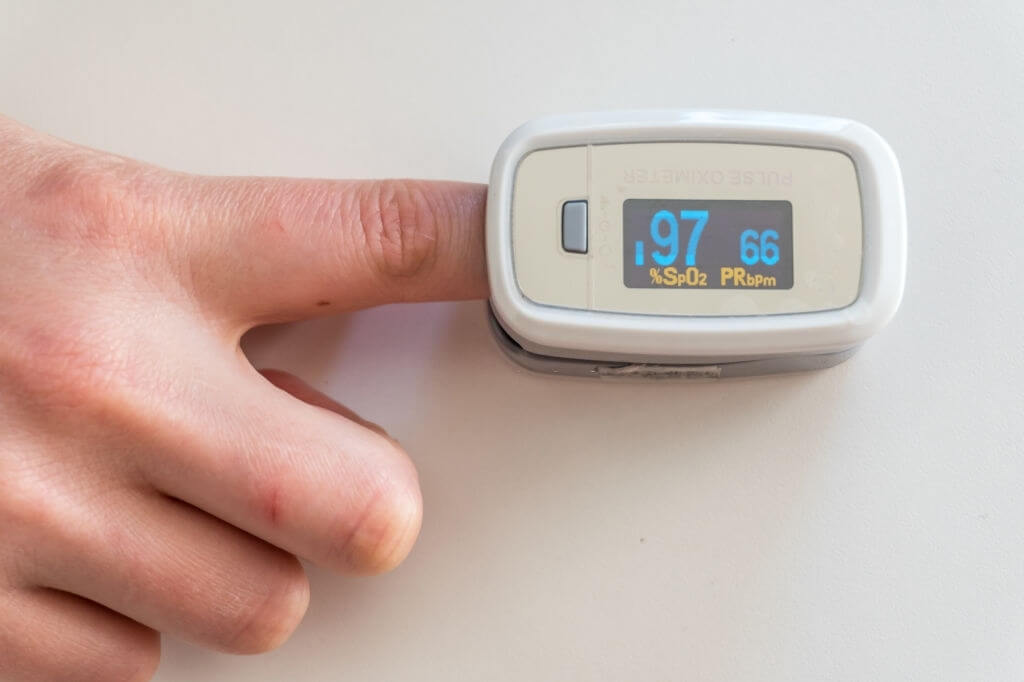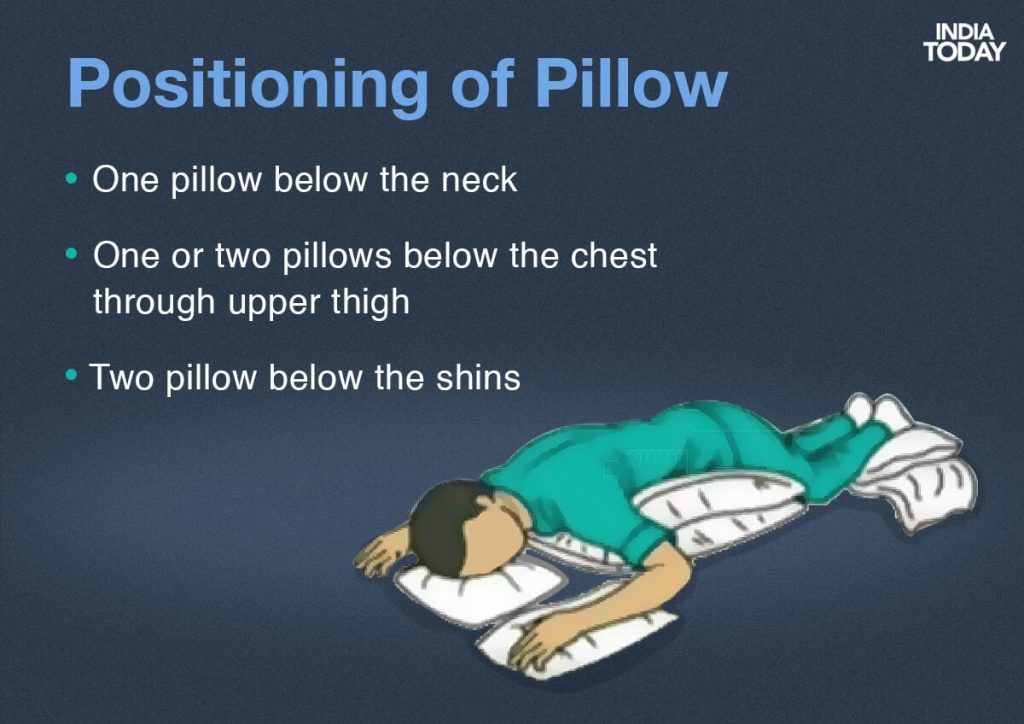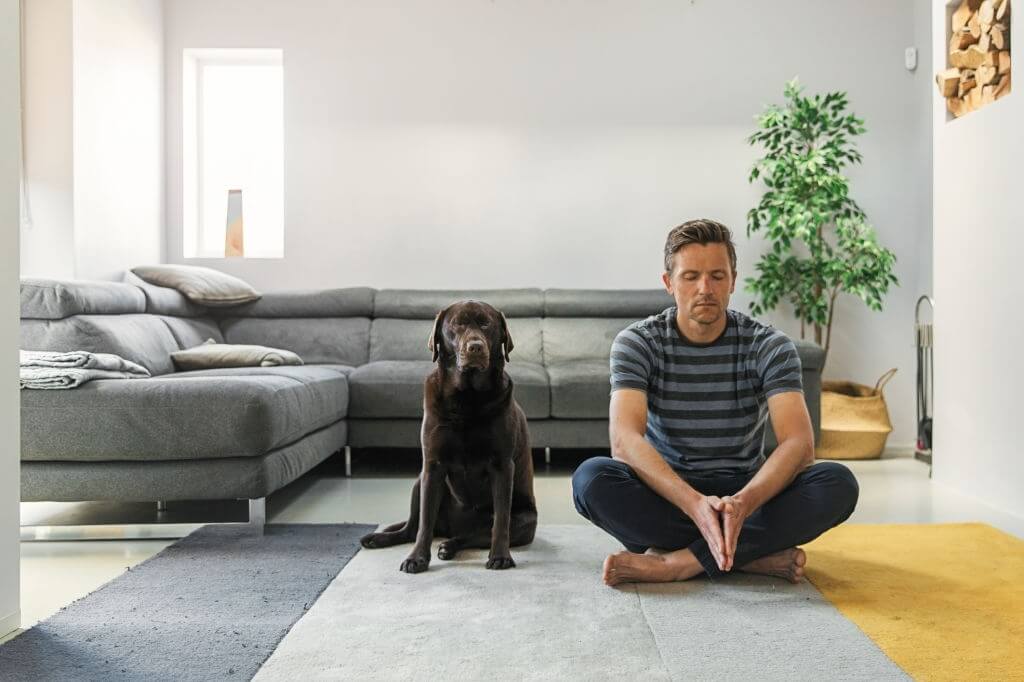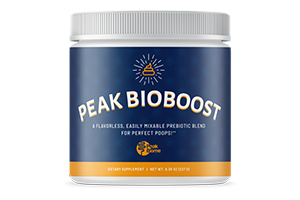Many people suffering from Covid-19 have low oxygen levels in their blood, even when they feel well, but having a low oxygen level could be the early warning to get medical attention as soon as possible. For covid patients, it is important to monitor oxygen levels in the blood. Here in this guide, we have mentioned how you can measure blood oxygen level at home and increase it?
Find out How To Boost Immunity Against Coronavirus?

What are Blood Oxygen Levels?
It is the oxygen level that is available in the blood that flows through your body’s arteries. It is the measure of how much oxygen your RBCs are carrying. Everyone needs to maintain a proper oxygen-saturated blood balance. Lowering this oxygen-saturated blood balance could lead to a medical condition called hypoxemia.
There are so many ways to measure blood oxygen level and a few of them we have mentioned below:
Blood oxygen level could be measured by an ABG test where the blood drawn from the artery is used to measure the oxygen and carbon dioxide level before they enter the body [1].
The other way that it can be measured is by using the pulse oximeter. It measures the amount of oxygen in the blood. Those who already have medical conditions like heart or lung conditions should use this device to monitor oxygen levels at home.
Though it is not recommended for the people suffering from Covid-19, they must get tested if they feel any symptom or have been close to someone affected by the virus. But people in home isolation can use an oximeter to measure their oxygen levels.
What are the Normal Oxygen Levels?
An average oxygen level is generally 95 percent or higher. People suffering from chronic lung disease or sleep apnea could have normal levels of around 90 percent. SpO2 reading at the oximeter displays the percentage of oxygen in the blood. If you are at home isolation, measure your oxygen levels at regular intervals at least once every six hours. As per the advisory, if your oxygen levels are around 94 percent or above, you don’t need to panic, but you must seek immediate medical attention if it goes down beyond 92 percent. If it is lower than 90 percent, the patient must go to the hospital.

What is Hypoxemia (Low Blood Oxygen)?
A blood oxygen level lower than 90 percent is known as hypoxemia; it is generally detected using an ABG test and is defined as blood oxygen levels more than 120 mmHg. The oxygen levels less than 90 percent are considered very low, indicating the requirement of supplemental oxygen. It is given by an oxygen cylinder that is connected to the nose through a tube. Regular monitoring of oxygen level with other signs like temperature, blood pressure, and blood sugar is also critical while in home isolation.
What Happens When You Face Hypoxemia?
If the oxygen level goes below average, you may have to face some symptoms like rapid heartbeat, headache, confusion, chest pain, and shortness of breath.
Common Causes of Hypoxemia
This condition is commonly observed in covid-19 infected patients. Still, apart from it, there may be other causes like heart disease, anemia, pulmonary embolism, congenital heart defects, collapsed lungs, asthma, and COPD.
How to Increase Oxygen Levels?
One way to increase your oxygen levels is the proning; it is recommended by many doctors and is proven to improve your oxygen levels.
What is Proning?
Proning is a way of turning a patient with safe and precise motions, from their back onto their stomach, so the patient is lying face down. It is a medically accepted position that improves breathing comfort and oxygenation. It is a very beneficial way for the people suffering from Covid-19 [2], especially in home isolation.
Prone positioning improves ventilation; it keeps alveolar units open and makes breathing easy. It should be done when the patients find it difficult to breathe and the oxygen level below 94 percent.

Proning: How to do it?
For proning, you would need 4-5 pillows, lay down on your stomach and place one pillow below your neck, one or two pillow below the chest, and two pillows below the shins, make sure that your stomach doesn’t touch the bed while proning. Keep this position from 30 minutes to 2 hours. There are a few more positions you can make while proning. Lying down of the belly is one of them. The others are- lying on the right side, sitting up 60-90 degrees, lying on the left side, then back to the proning position.
Cautions:
- Don’t prone for one hour after meals.
- Maintain proning positions for as much time as you can easily tolerate. Don’t force yourself if you find it difficult.
- You can do prone for up to 16 hours a day in multiple cycles and only if you feel comfortable.
- Adjust pillows slightly to change pressure areas and for comfort.
- Keep track of any pressure sores or injuries.
- Proning should be avoided in pregnancy.

Blood Oxygen Level: Some Easy Ways to Increase it at Home
While we have discussed the medically proven way to increase oxygen level, few more ways can help you to maintain your oxygen levels while at home, such as:
Breathing Exercises
There are different breathing exercises [3] that you can do to improve your oxygen levels, such as bhramari, anulom-vilom, matsyasan. These exercises can help your mind to relax and also improve oxygen levels.
Get Fresh Air
You should try to walk for some time or open your windows to get fresh air. Avoid sitting in a suffocated area where air does not circulate.
Iron Rich Food
Iron is an essential element for blood production. Some foods rich in iron can improve oxygen levels in the blood, so you should include green leafy vegetables and iron-rich foods like legumes, apples, beans, and more in your diet.
Related: Foods To Avoid With High Blood Pressure And Cholesterol
Relaxation Techniques
People should try to be calm by trying relaxation techniques like deep breathing. It will help take the stress level down and oxygen level up. Positive thinking exercises, meditation, and yoga can prove helpful.
Try Spices and Herbs
Some herbs and spices are suitable for your lungs, so you should try turmeric, oregano, and peppermint.
Conclusion:
It is pretty essential to keep track of your health, especially oxygen level. You should keep checking your oxygen level and using different ways to keep your oxygen level normal. If you feel any situation where your oxygen level drops, you can try the above methods to prevent the condition from getting worse.










